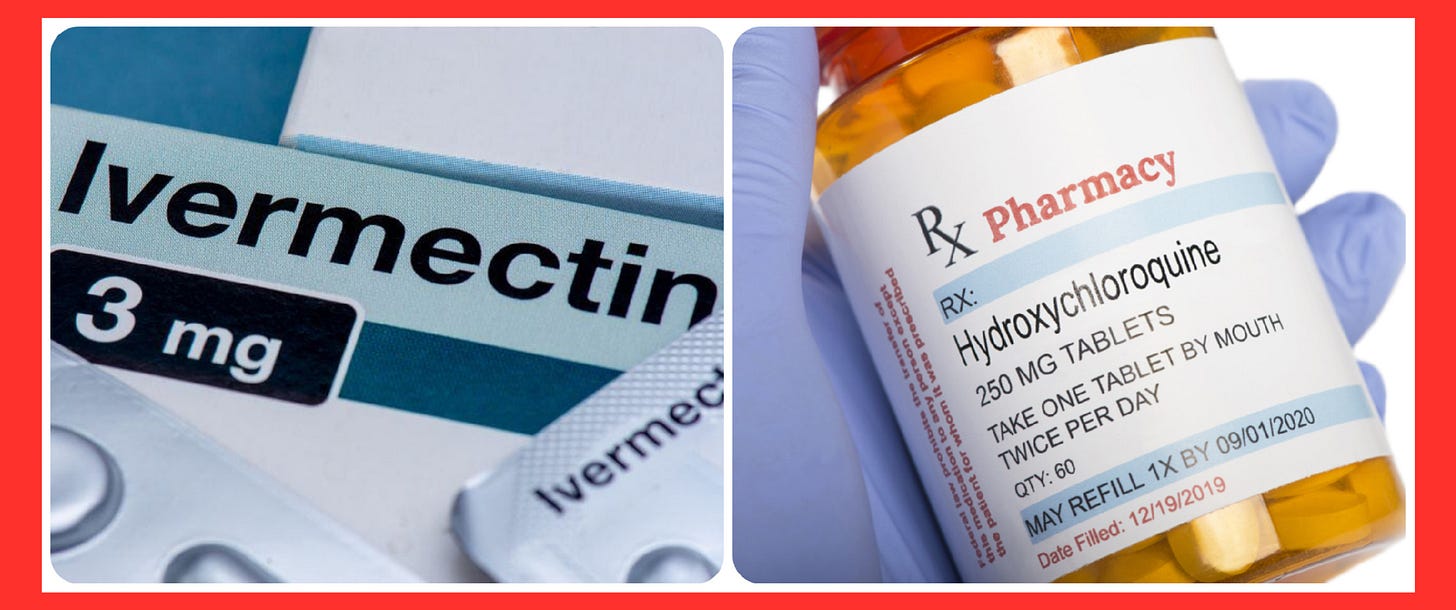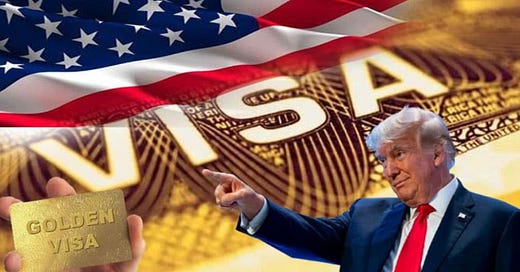What is President Trump's New Immigration "Gold Card" All About?
It's a proposed replacement for the EB-5 immigrant investor visa program...
Great Article by Peggy Tierney
The "Trump Gold Card" visa is a proposed replacement for the EB-5 immigrant investor visa program, announced by President Donald Trump on February 25, 2025.
The EB-5, established by Congress in 1990, lets foreign investors get a U.S. green card by investing at least $1.05 million—or $800,000 in high-unemployment or rural areas—into a business that creates or preserves 10 full-time jobs for American workers. It’s been a pathway to permanent residency and, eventually, citizenship, but it’s also faced criticism for fraud and being too cheap for what it offers.
Trump’s plan scraps the EB-5 and introduces the Gold Card, priced at $5 million. It’s pitched as a premium green card with “privileges plus,” still offering a route to citizenship, but aimed squarely at wealthy foreigners—no job creation requirement mentioned so far. Commerce Secretary Howard Lutnick called the EB-5 “ridiculous” and full of “nonsense and fraud,” saying the Gold Card would fix that with strict vetting for “world-class global citizens.” Trump suggested it could raise trillions—$5 trillion from a million cards—to cut the national debt, and he’s floating it as a fast-tracked program, set to launch in about two weeks from his announcement.
At Trump’s Cabinet meeting, it was revealed there are over 200,000 applicants for the EB-5 visa.
Those visas would cost $5 million under Trump’s new program called the GOLD CARD and that money would be invested into jobs in America. This means it would raise over $1 TRILLION to pay down our debt.
Critics are mocking this and telling you it's bad based on a lie. It's no different than the current system except we recoup some of the costs to help America. Trump didn't come up with the EB-5 visa - Bush & Congress did - Trump just wants to make it work for America!
WHAT IS AN EB-5 VISA?
GROK: “The EB-5 visa is a U.S. immigrant visa that grants permanent residency (a green card) to foreign investors who put a significant amount of money into a U.S. business that creates jobs. It’s part of the Employment-Based Fifth Preference category, hence "EB-5."
Here’s the gist:
You need to invest at least $1.05 million in a new commercial enterprise, or $800,000 if it’s in a targeted employment area (think rural or high-unemployment zones). That business has to create or preserve at least 10 full-time jobs for U.S. workers within two years. If it works out, you, your spouse, and your unmarried kids under 21 can get green cards. After five years as a permanent resident, you can apply for citizenship.
It’s popular with wealthy folks from places like China and India—about 10,000 EB-5 visas get issued yearly, with China often taking the lion’s share (up to 70% some years).
Critics say it’s basically "buying citizenship," and there have been fraud cases where shady developers misused funds.
The EB-5 visa program was created by the United States Congress as part of the Immigration Act of 1990, signed into law by President George H.W. Bush on November 29, 1990.
The idea was to offer a path to permanent residency for investors willing to put substantial capital into American businesses, with the specifics hammered out by lawmakers responding to economic needs at the time.









